Puzzles
Paint Scheme
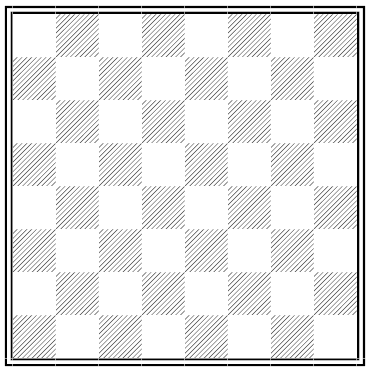
How many colors are necessary to paint the squares of a chessboard so that no bishop can move between two squares of the same color?
Black and White
Fowl Play
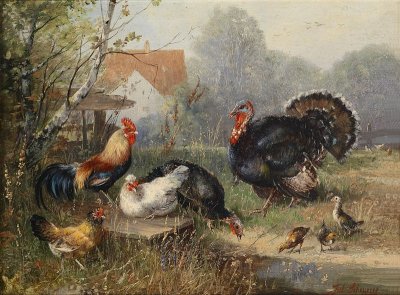
From a 1947 competitive examination for high school seniors conducted by Stanford’s math department:
My grandfather’s papers included an old invoice:
72 turkeys $-67.9-
The first and last digits are illegible. What are the missing digits, and what was the price of one turkey?
Rolling

I drove this car 20,000 miles and used five tires equally in accumulating the mileage. How many miles’ wear did each tire sustain?
Black and White
Open and Shut
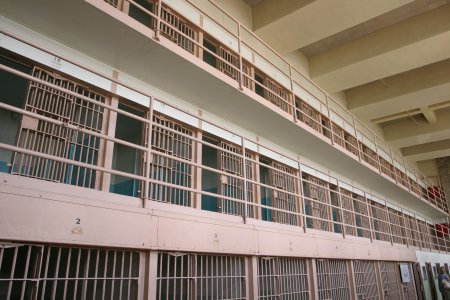
A warden oversees an empty prison with 100 cells, all closed. Bored one day, he walks through the prison and opens every cell. Then he walks through it again and closes the even-numbered cells. On the third trip he stops at every third cell and closes the door if it’s open or opens it if it’s closed. And so on: On the nth trip he stops at every nth cell, closing an open door or opening a closed one. At the end of the 100th trip, which doors are open?
Saw 6
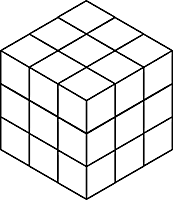
We want to cut a 3-inch cube into 27 1-inch cubes. We can do this by making six cuts, as shown. Can we accomplish the task with fewer cuts by rearranging the pieces between cuts?
Black and White
All Aboard
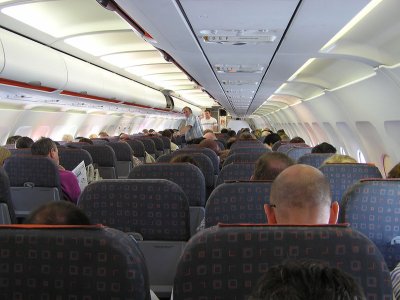
One hundred people board a 100-seat airplane. The first one has lost his boarding pass, so he sits in a random seat. Each subsequent passenger sits in his own seat if it’s available or takes a random unoccupied seat if it’s not.
What’s the probability that the 100th passenger finds his seat occupied?




